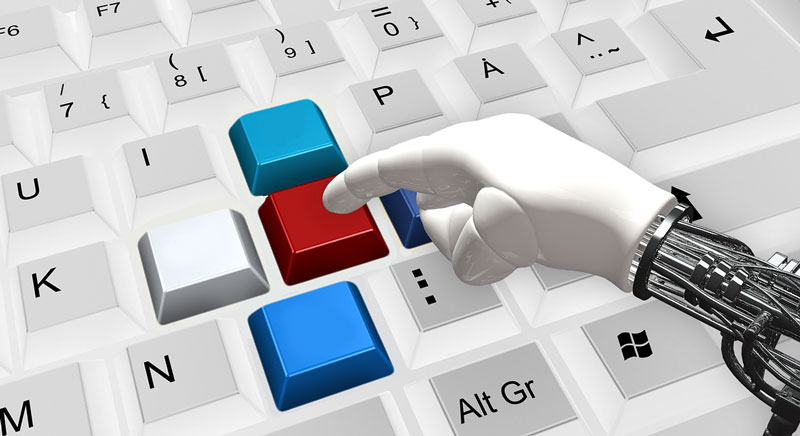Protection against robots has stopped working: AI has learned to perfectly pass the reCAPTCHAv2 check


Researchers Andreas Plesner, Tobias Vontobel, Roger Wattenhofer from ETH Zurich used AI to crack the reCAPTCHAv2 verification system, which is used on websites to confirm that the user is a human and not robot. Scientists claim that the neural network they trained is able to pass 100% of checks, whereas previously this percentage did not exceed 71%.


Image source: Pixabay
Researchers studied the effectiveness of using advanced machine learning techniques to solve captchas from Google’s reCAPTCHAv2 system. They tried to evaluate the effectiveness of automated systems in solving captchas using advanced YOLO (You Only Look Once) models for image segmentation and classification.
ReCAPTCHAv2 requires users to mark areas on the image with certain objects, implying that the bot is not capable of this. The researchers came to the conclusion that at the current stage of AI development, the difference in the complexity of such tasks for a person or a neural network is leveled out. This means that modern AI technologies can easily pass inspections based on image recognition.
Image source: humansnotinvited.com
«”We also look under the hood of reCAPTCHAv2 and find evidence that reCAPTCHAv2 relies heavily on cookie data and browser history when assessing whether a user is human or not,” the researchers added.
Recent Posts
Study: Apple C1 mobile modem falls short of Qualcomm modems in terms of connection quality in difficult conditions
A study by Cellular Insights Inc. found that Qualcomm's mobile modems perform better than Apple's…
Tesla Warns Trump Administration of Chip Tariffs
Tesla has called on the Trump administration to exercise caution in imposing tariffs on imported…
To better compete with OpenAI, Meta will split its AI team into two
Meta✴ will split its AI teams to better compete with OpenAI and Google, as well…
The Order: 1886 Director Co-Founds New Studio — Atlantis Studio Aims to Conquer the Industry with Innovative Games
Ru Weerasuriya, co-founder of Ready at Dawn, which closed last summer, and creative director of…
Review of the wireless speaker “Yandex Station Street”: Alice in the cities
To be honest, when I first saw the news about the release of the portable…
Blacktail developers announce Davy x Jones — a shooter about the headless pirate Davy Jones in the afterlife of sailors
Polish studio Parasight, known for the folklore action game Blacktail about the young Baba Yaga,…